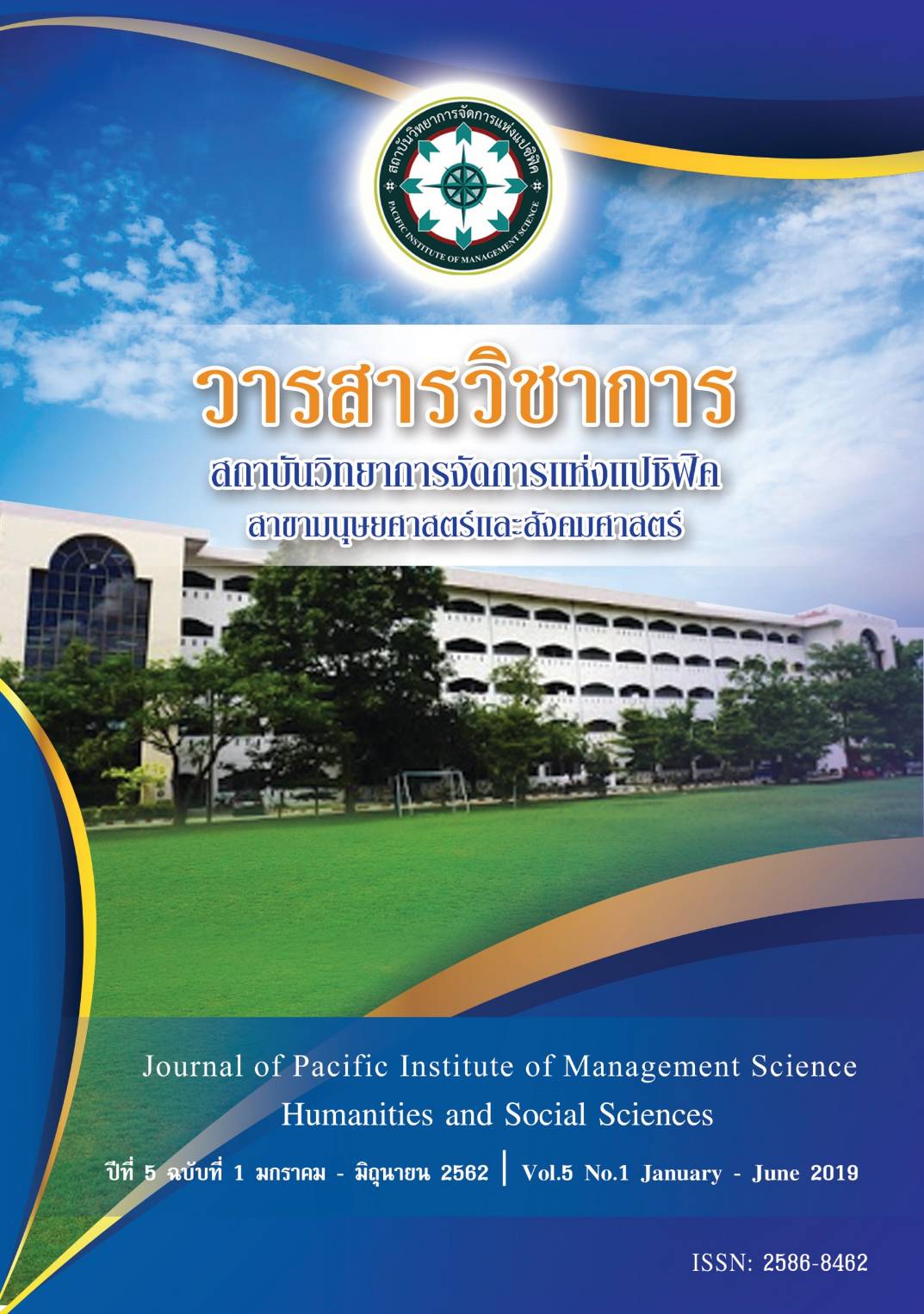Girls’ Culture: the changing role of women in Taisho era
Keywords:
girls’ culture, modern girl, sisterhood, women in Taisho eraAbstract
In the late Meiji era (Meiji 35 or 1902), the release of a popular-women magazine, "The Little Girl's World" (Shojoukai, 少女界), has caused a cultural change called "Girls’ Culture" (Shoujobunka, 少女文化) that was widespread from the Taisho era to the Showa era. In particular, to the Taisho era when the Western culture infiltrated into the Japanese society, the modern Taisho era girls tended to have more courage to change themselves. The purposes of this research were; 1) to study the influence of the girls’ culture on women in the Taisho era, and 2) to analyze the changing roles of women in the Taisho era through girls’ culture. The findings revealed that the presence of the girls’ culture through magazines and mainstream media has framed an image of the modern girls (モダン・ガール) particularly in terms of dressing, make-up, and hairstyle. Their lifestyles also changed as they were freer to think and express their opinions. Additionally, the Taisho women received more freedom to love and choose their partners, changing the traditional expectation of their society about appropriate wives and mothers. More importantly, they were freer to apply knowledge to benefit their occupations and to be part of social driving as well as Japanese men.
References
ปรียา อิงคาภิรมย์ โฮะริเอะ. (2539). บทบาททางสังคมของผู้หญิงในสังคมญี่ปุ่น. วารสารญี่ปุ่นศึกษา. 13(2). 44-53.
ปิยะนุช วิริเยนะวัชร์. (2549). ภาพผู้หญิงญี่ปุ่นที่สะท้อนในงานเขียนสมัยเมจิ. วารสารศิลปศาสตร์. 6(1). 196-228.
พิพาดา ยังเจริญ. (2539). ประวัติอารยธรรมญี่ปุ่น. กรุงเทพฯ: โรงพิมพ์จุฬาลงกรณ์มหาวิทยาลัย.
ยุพา คลังสุวรรณ์. (2549). แรงงานผู้หญิงญี่ปุ่น: โอกาสและความเท่าเทียม. วารสารญี่ปุ่นศึกษา. 23(2). 161-178.
อรรถจักร์ สัตยานุรักษ์. (2555). Japanization. กรุงเทพฯ: openbooks.
Anzo, Y. & Koizumi, M. (2008). 「「モダン・ガール」にみる服飾文化」. 『近代文化研究所紀 要』. 学苑. 98-115.
Araki, S. (2007). 「1920年代の「新しい女たち」について」. 『群馬大学社会情報学部研究論 集』 第14巻. 245-265.
Harald, F. (2004). Divorce in Japan: Family, Gender, and the State 1600-2000. Stanford, CA: Stanford University Press.
Hirai, K. (2009). 『あるモダン・ガールの昭和初期―マス・ケート一代記』. 近代文藝社.
Imada, E. (2002).「少女雑誌における「少女ネットワーク」の成立と解体―1931~1945年の 少女雑誌投稿欄分析を中心に―」. 『教育社会学研究第70集』. 185-202.
Imada, E. (2003). 「近代日本の少女文化と規範 ― 少女雑誌の模範人物像の変遷-」.『日本教育社会学会大会発表要旨集録』 55号. 188-189.
Imada, E. (2007). 『「少女」の社会史』. 勁草書房.
Ishizuki, S. and Yabuta, Y. (1999).『女性史を学ぶ人のために』. 世界思想社.
Iwasaki, Y. (1930). Divorce in Japan. American Journal of Sociology. 36(3). 435-446.
Koyama, S. (1991). 『 良妻賢母という規範』. 第 1版. 勁草書房.
Oskina, A. (2014).「高等女学校の日常生活:女学生の楽しみや悩み」.『アルザス日欧知 的交流事業 日本研究セミナー「大正/戦前」報告書』.ロシア国立人文大学東 洋文化・古典古代学部. 1-11.
Saka, K. (2011). 「『少女世界』読者投稿文にみる「美文」の出現と「少女」規範 . 『東京大 学大学院情報学環紀要』情報学研究80号. 102-116.
Sato, B. (2003). The New Japanese Woman: Modernity, Media, and Women in Interwar Japan. London. Duke University Press.
Downloads
Published
Issue
Section
License
บทความที่ได้รับการตีพิมพ์เป็นลิขสิทธิ์ของ สถาบันวิทยาการจัดการแห่งแปซิฟิค
ข้อความที่ปรากฏในบทความแต่ละเรื่องในวารสารวิชาการเล่มนี้เป็นความคิดเห็นส่วนตัวของผู้เขียนแต่ละท่านไม่เกี่ยวข้องกับสถาบันวิทยาการจัดการแห่งแปซิฟิค และคณาจารย์ท่านอื่นๆในสถาบันฯ แต่อย่างใด ความรับผิดชอบองค์ประกอบทั้งหมดของบทความแต่ละเรื่องเป็นของผู้เขียนแต่ละท่าน หากมีความผิดพลาดใดๆ ผู้เขียนแต่ละท่านจะรับผิดชอบบทความของตนเองแต่ผู้เดียว







